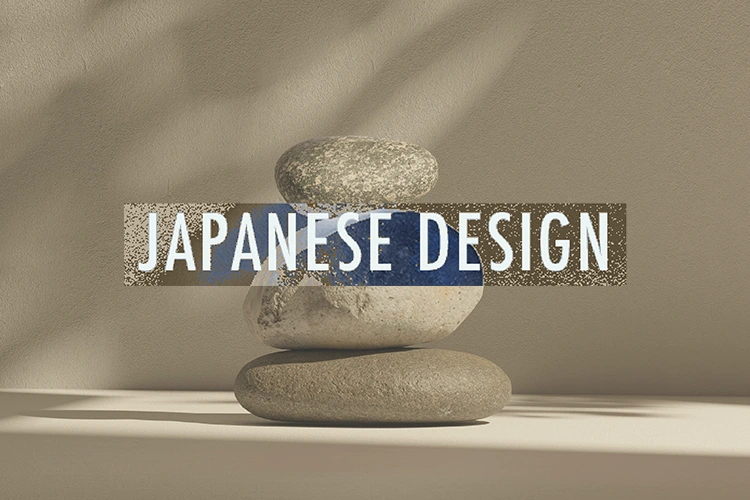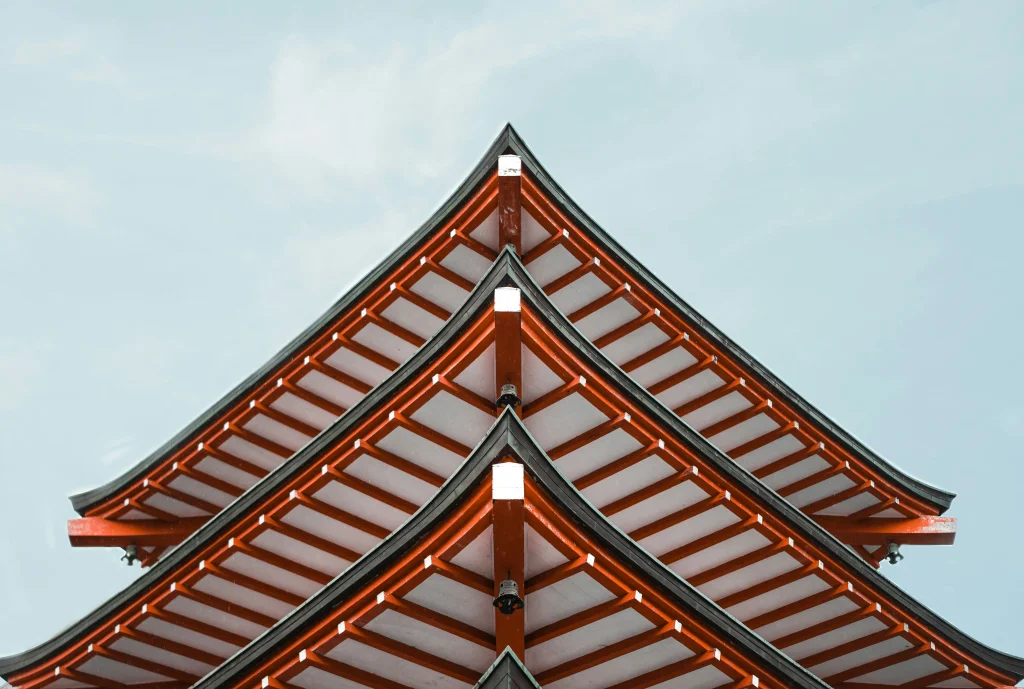What makes Japanese design so special?

Japanese design is renowned for its elegant simplicity and profound cultural significance, deeply rooted in centuries-old traditions. It embodies the principles of minimalism and wabi-sabi, celebrating the beauty of imperfection and the transient nature of life. This aesthetic is reflected not only in art and design but also in everyday objects, where every detail is meticulously crafted to evoke harmony between functionality and form. By embracing natural materials and the changing seasons, Japanese design creates a serene dialogue between nature and human innovation, ultimately fostering a sense of balance and mindfulness that resonates both domestically and internationally.
What is Japanese Design?

Japanese design has a distinctive aesthetic that emphasises simplicity, balance, and functionality, blending traditional craftsmanship with modern innovation. It is characterised by minimalist forms, the careful use of negative space, and an appreciation for natural materials and light. Influenced by ancient cultural philosophies like wabi-sabi—the beauty found in imperfection and impermanence—Japanese design reflects a deep connection with nature and a respect for the passage of time. This approach not only shapes art, architecture, and everyday objects but also encapsulates a broader cultural ethos that values mindfulness, sustainability, and harmonious living.
Minimalism in Japanese Design
Minimalism in Japanese design is more than a visual style; it is a philosophical approach that emphasises the beauty of simplicity and the essence of form. This design philosophy values imperfection, naturalness, and the elegance of understated details.
Japanese minimalism employs clean lines, subtle color palettes, and an intentional use of negative space, creating environments that evoke calm and clarity. By reducing elements to their fundamental qualities, Japanese design not only enhances aesthetic appeal but also cultivates mindfulness and a deeper connection with nature.
Use of Negative Space
Negative space, often referred to as white space, is a fundamental design element that shapes the visual impact and clarity of a composition. It is the unmarked area around and between the subject matter, serving not just as a backdrop but as an active component that enhances balance and focus.
By deliberately leaving space free of clutter, designers allow the viewer’s eye to focus on other components, thereby highlighting key elements and improving overall readability. In many cultural and artistic traditions, especially in Japanese design, negative space is celebrated for its ability to evoke a sense of calm and contemplation, inviting viewers to engage with the design in a more meaningful and nuanced way.
Attention to Detail

Attention to detail is the hallmark of exceptional design, where every element is meticulously refined to enhance both aesthetics and functionality. In this approach, even the smallest features are carefully considered, ensuring that every line, texture, and nuance contributes to the overall harmony of the work. This dedication transforms ordinary objects into thoughtful expressions of craftsmanship, as subtle refinements can elevate user experience and evoke a deeper emotional response. By prioritising precision and care, designers create pieces that resonate with viewers, conveying a sense of commitment and passion that distinguishes truly masterful creations.
Japanese Typography

Japanese typography occupies a unique position in design, seamlessly blending the art of traditional calligraphy with modern typographic innovation. The intricate scripts of kanji, hiragana, and katakana not only convey meaning but also embody cultural narratives and aesthetic values.
Designers meticulously balance stroke weight, spacing, and form to honour centuries-old techniques while addressing contemporary communication needs. This fusion of history and modernity results in a dynamic visual language that not only enhances readability but also enriches the overall sensory experience, influencing global design trends and celebrating the profound depth of Japanese cultural expression.
Conclusion
Japanese design stands as a testament to the enduring power of simplicity and cultural depth. Its unique blend of minimalism, attention to detail, and reverence for natural beauty creates an aesthetic that is both timeless and innovative.
Rooted in traditions like wabi-sabi and enhanced by modern techniques, Japanese design not only transforms everyday objects into works of art but also invites us to appreciate the subtle interplay between nature and human creativity. As a source of inspiration worldwide, it continues to shape and influence the way we perceive art, functionality, and our connection to the environment.
Text: Coosy Blog
CATEGORY LIST
-

Explore our diverse website/app designs and other production achievements.
-

Find articles that matter to you on COOSY BLOG!
Talk to Us, We Listen!
Click here for enquiries about websites and quotations.
Contact us





